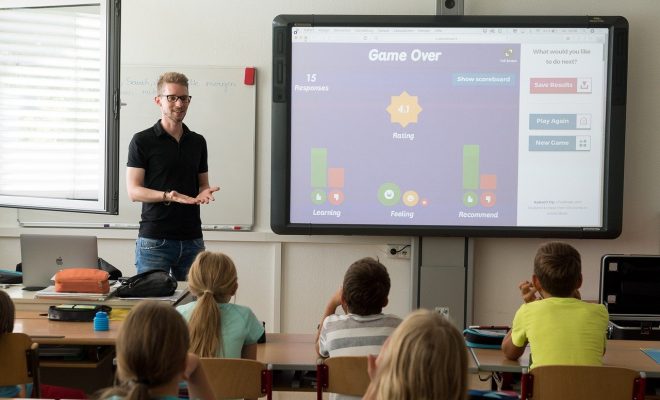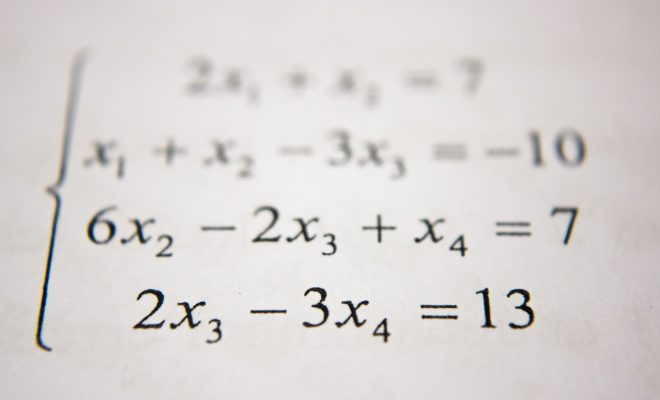Pass or Fail: Alternative Assessments for Redesigned Schools

In this multi-part series, I provide a dissection of the phenomenon of retention and social promotion. Also, I describe the many different methods that would improve student instruction in classrooms and eliminate the need for retention and social promotion if combined effectively.
While reading this series, periodically ask yourself this question: Why are educators, parents and the American public complicit in a practice that does demonstrable harm to children and the competitive future of the country?
Is it possible to completely redesign the American public school system? What assessment models and strategies might be integrated into a multiage, multi-ability system?
Multiage Classroom Assessments
One of the key benefits of the multiage classroom and one of the key reasons for placing it at the foundation of the design structure for a new school is that it reduces the need to assess students for the purpose of determining whether they should be promoted or retained. Although assessments do not need to be linked to retention or promotion policies, they do fulfill important functions within the education system. Not least, they let teachers know whether students understand what they are being taught. They also assess the students’ ability to apply the skills they are being taught.
How to Assess Each Student Groups
Particularly in the elementary school setting, assessments need to be as nonintrusive as possible to the everyday experience of the students and teachers. Assessments should target students who need additional support, and those who are not doing well academically after the universal interventions have been utilized. They also need to identify those students who are excelling and could benefit from additional support aimed toward gifted students.
For students who are meeting expectations and falling within that vast group of typical students, assessments are also important. The results aid in communicating with parents, reinforcing a positive learning experience for children, and helping to amass data that future educators. Assessment information can be used to tailor instruction to specific individuals, using their documented history of strengths and weaknesses.
High School Assessments
In high school, there is a need for some mode of standardized assessment, or preparation for standardized assessments. Universities and colleges need to be able to measure student abilities, so they know whether an individual is prepared for entry to a particular higher education course. In this environment, standardized tests are entirely appropriate and necessary. They should not, however, be the only form of assessment, or even the primary form of assessment used.
Above all, students should benefit from assessments. Academic progress should be able to be made without factors such as the ability to understand the content of the test, or test-related stress, having an impact upon the evaluation.
At the same time, high school assessments should be preparing students for college and employment. The ability to manage stress, to work under pressure, and to complete tasks within a time limit is important in the workplace, though less important in an educational environment.
Academic Tiers
With a diminished concern for retention and promotion policies, one of the better uses of assessment is the assignment of students to particular tiers or academic groupings. For instance, a student who is in the second set for science or modern languages, scoring well on a series of assessments and receiving positive teacher reports, could be rewarded with a promotion to the first set, and thus an opportunity to learn at a higher level. Alternatively, a student who did not score well within the second set could be allowed to go to the third set for additional support, to tackle areas of weakness, or knowledge gaps that might have emerged.
The retention or promotion issue would not have the same negative connotations as is present in our current system. The incentive for students if they were concerned about their current achievement level, to improve performance and work their way back up to a higher set, would always be available. Appropriate assessment methods must be coupled to appropriate teaching methods and supports, to make the system truly effective.
Progress Monitoring
There would be a need for student progress to be carefully monitored over time, using measurements that are tied to local curricular and state content and achievement standards. The assessments, however, need to be sensitive enough to pick up the benchmarks that will lead to mastery of specific content. Moreover, there is an obvious need to do away with current local and state-level curricula, to provide a less rigid model for assessing students based on assumptions related to developmental stage.
Even within a multiage classroom, students should demonstrate certain knowledge and skills by age. That demonstration, however, could be relatively flexible, and the mastery of content and skill should still be something that is assessed from several different angles and with the recognition that different students mature at different rates. While one student may be able to master certain knowledge and skills earlier than expected, another might require an additional year or more to reach the same level.
When closely examined, how does the multiage, multi-ability classroom look in comparison to our conventional system?






